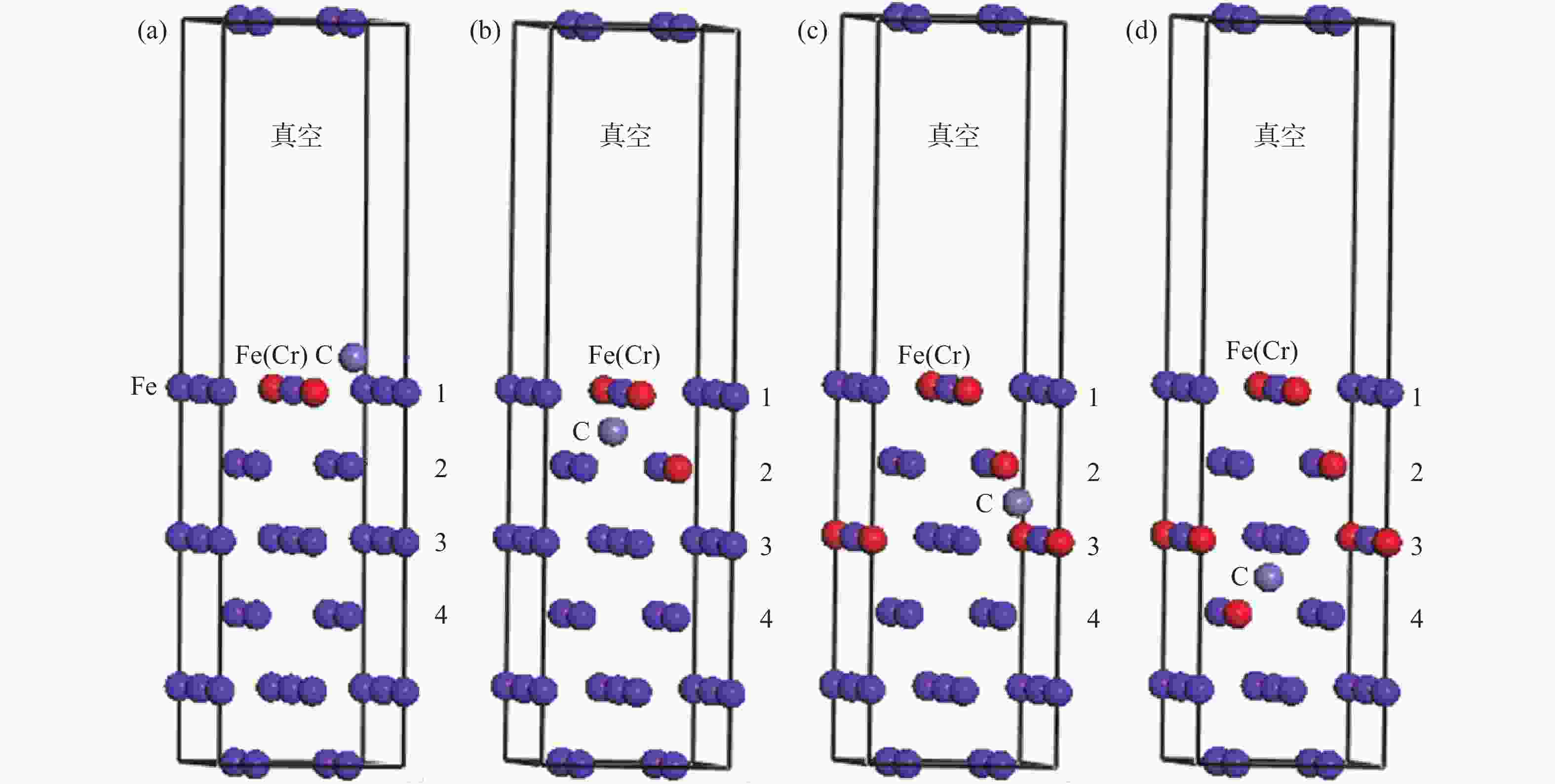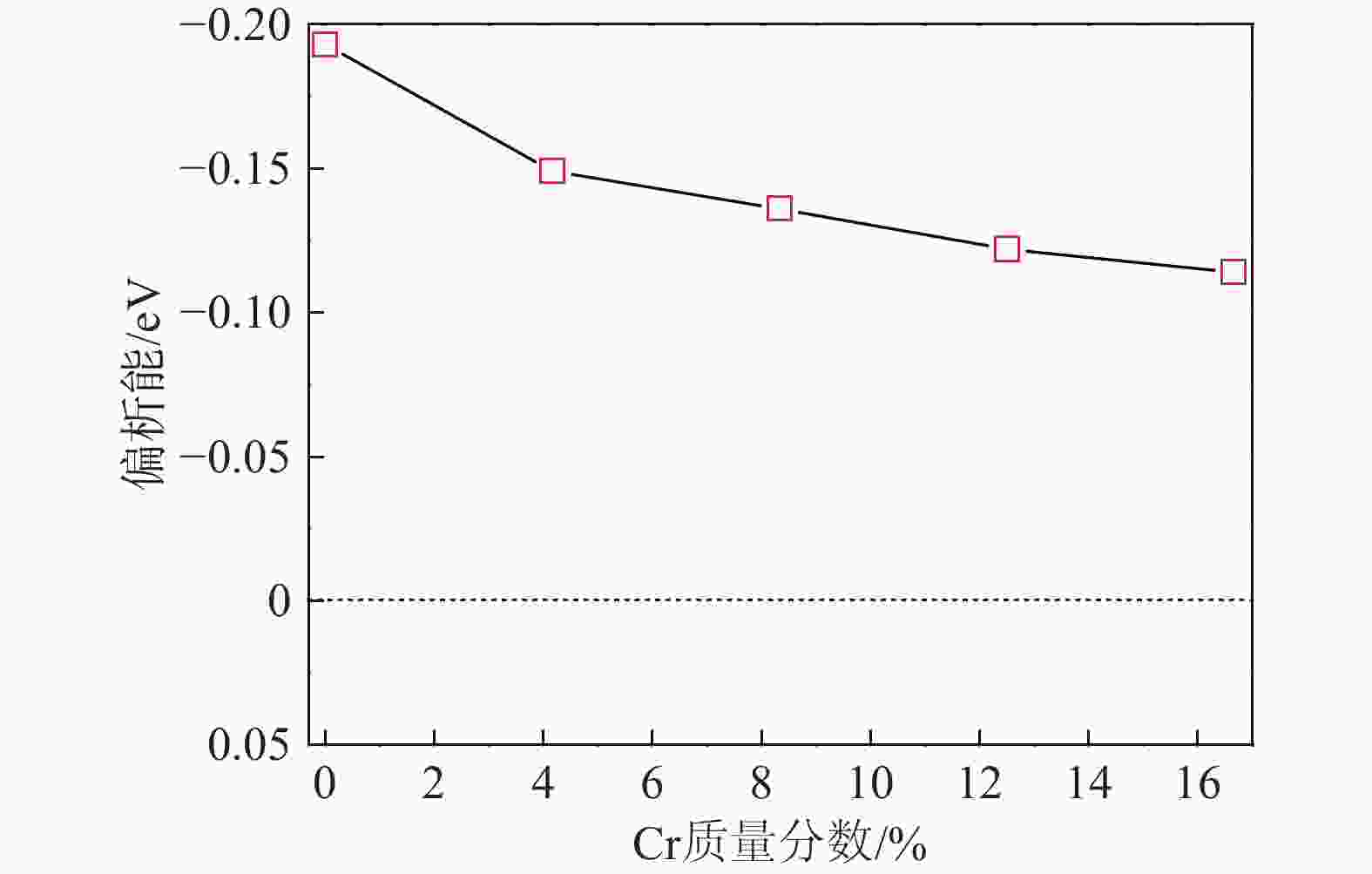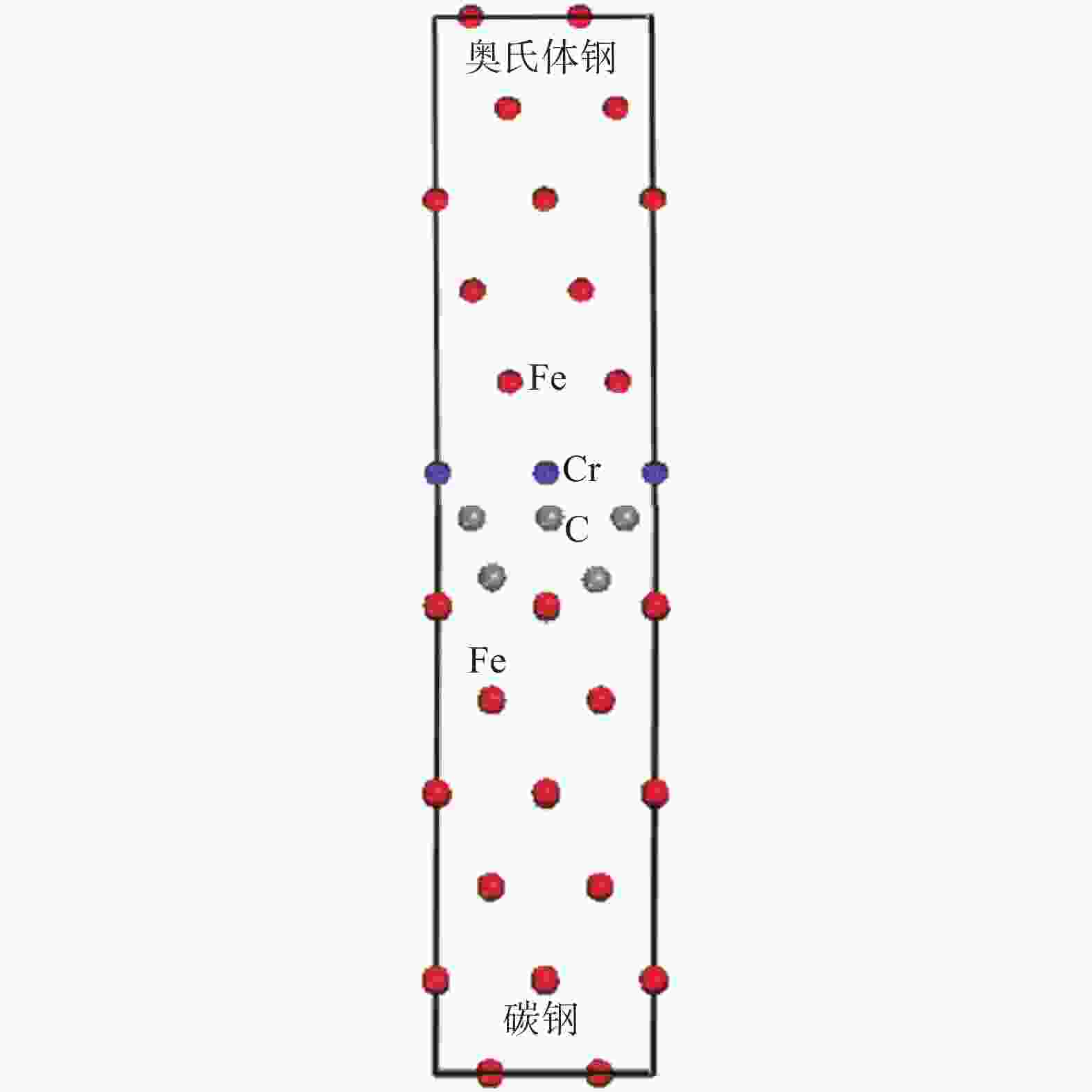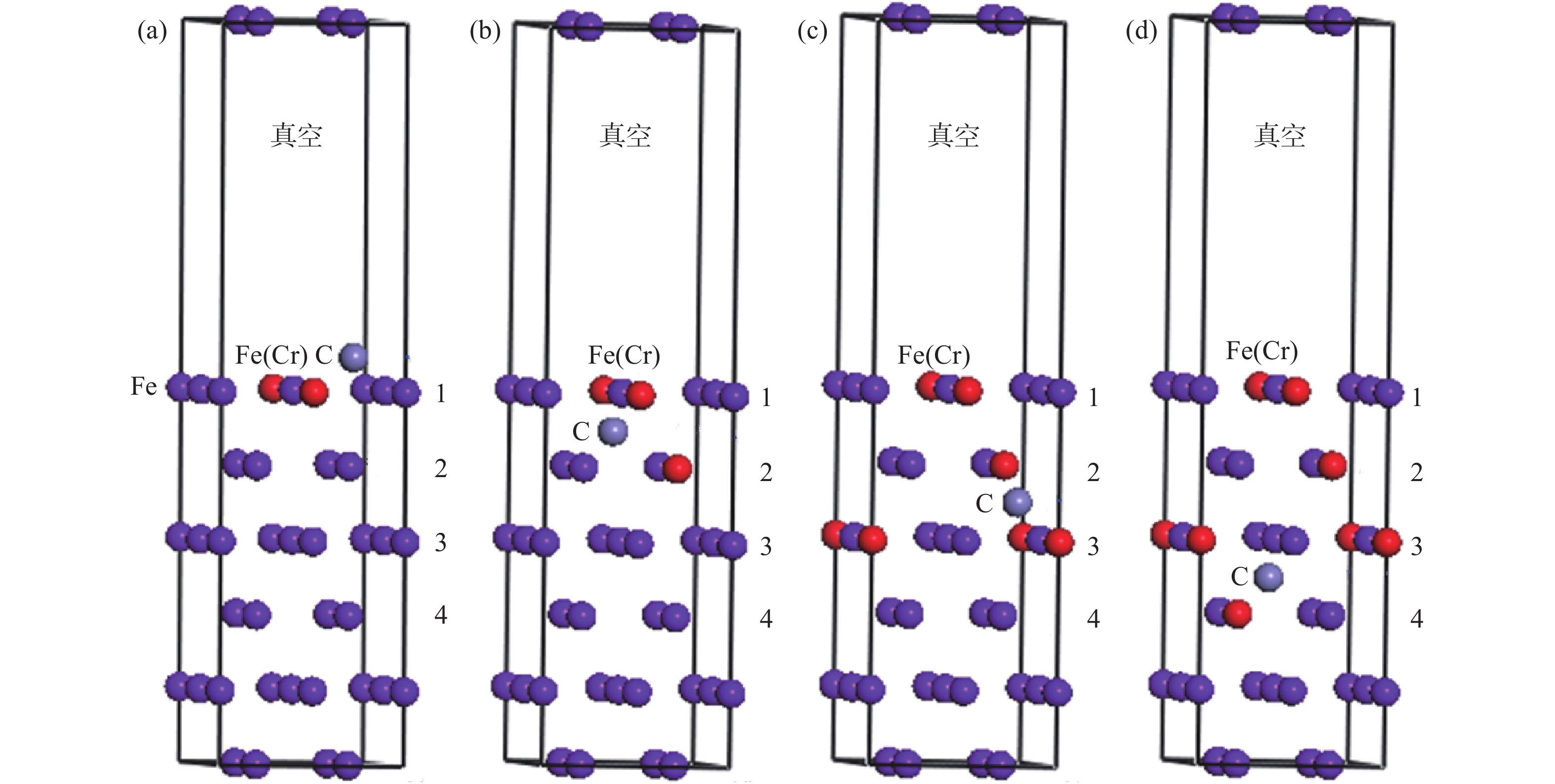| [1] |
Hajiannia I, Shamanian M, Kasiri M. Microstructure and mechanical properties of AISI 347 stainless steel/A335 low alloy steel dissimilar joint produced by gas tungsten arc welding. Mater Design, 2013, 50: 566 doi: 10.1016/j.matdes.2013.03.029
|
| [2] |
Sadeghian M, Shamanian M, Shafyei A. Effect of heat input on microstructure and mechanical properties of dissimilar joints between super duplex stainless steel and high strength low alloy steel. Mater Des, 2014, 60: 678 doi: 10.1016/j.matdes.2014.03.057
|
| [3] |
Pavlovsky J, Million B, Cíha K, et al. Carbon redistribution between an austenitic cladding and a ferritic steel for pressure vessels of a nuclear reactor. Mat Sci Eng A, 1991, 149(1): 105 doi: 10.1016/0921-5093(91)90791-K
|
| [4] |
Mcpherson N A, Chi K, Mclean M S. Structure and properties of carbon steel to duplex stainless steel submerged arc welds. Mater Sci Technol, 2003, 19(2): 219 doi: 10.1179/026708303225009643
|
| [5] |
Srinivasan P B, Muthupandi V, Sivan V, et al. Microstructure and corrosion behavior of shielded metal arc-welded dissimilar joints comprising duplex stainless steel and low alloy steel. J Mater Eng Perform, 2006, 15(6): 758 doi: 10.1361/105994906X150902
|
| [6] |
卢金斌,王志新,陈建泰. 1Cr17Mn6Ni5N与Q235异种钢焊接接头组织分析. 焊接技术. 2008(2):15 doi: 10.3969/j.issn.1002-025X.2008.02.005
|
| [7] |
Serikov V V, Kleinerman N M, Vershinin A V, et al. Formation of solid solutions of gallium in Fe–Cr and Fe–Co alloys: Mossbauer studies and first-principles calculations. J Alloy Compd, 2014, 614: 297 doi: 10.1016/j.jallcom.2014.06.068
|
| [8] |
Airiskallio E, Nurmi E, Väyrynen I J, et al. Magnetic origin of the chemical balance in alloyed Fe–Cr stainless steels: first-principles and ising model study. Comp Mater Sci, 2014, 92: 135 doi: 10.1016/j.commatsci.2014.05.036
|
| [9] |
Zhang Z P, Lei M K. The states of nitrogen atoms in the processing of Ni–Cr alloy surface nitriding modification. Appl Surf Sci, 2014, 301: 346 doi: 10.1016/j.apsusc.2014.02.076
|
| [10] |
Zhang Z P, Li P. Study on the trap site in Ni–Cr alloy by first principle approach. Vacuum, 2014, 101: 321 doi: 10.1016/j.vacuum.2013.10.009
|
| [11] |
Senninger O, Martínez E, Soisson F, et al. Atomistic simulations of the decomposition kinetics in Fe–Cr alloys: Influence of magnetism. Acta Mater, 2014, 73: 97 doi: 10.1016/j.actamat.2014.03.019
|
| [12] |
Terentyev D, Bonny G, Domain C, et al. Mechanisms of radiation strengthening in Fe–Cr alloys as revealed by atomistic studies. J Nucl Mater, 2013, 442(1/3): 470
|
| [13] |
Gao Y, Lv Z Q, Sun S H, et al. First principles study on surface structure and stability of alloyed cementite doped with Cr. Mater Lett, 2013, 100: 170 doi: 10.1016/j.matlet.2013.02.095
|
| [14] |
He J, Luan Y, Guo H B, et al. The role of Cr and Si in affecting high-temperature oxidation behaviour of minor Dy doped NiAl alloys. Corros Sci, 2013, 77: 322 doi: 10.1016/j.corsci.2013.08.020
|
| [15] |
Liu W M, Zhou Q J, Li L S, et al. Effect of alloy element on corrosion behavior of the huge crude oil storage tank steel in seawater. J Alloy Compd, 2014, 598: 198 doi: 10.1016/j.jallcom.2014.01.181
|
| [16] |
Wang C, Chen J J, Li Y, et al. Magnetic properties, microstructure and corrosion behavior of Nd10Y1Fe85- xNb3.5Ti0.5B x (x=14–22) and Nd10Y1Fe69Nb3.5M0.5B16(M=Ti, Zr, Cr, Mo) bulk nanocrystalline magnets. J Alloy Compd, 2013, 555: 16
|
| [17] |
Segall M D, Lindan P J D, Probert M J, et al. First-principles simulation: ideas, illustrations and the CASTEP code. J Phys Condens Matter, 2002, 14(11): 2717 doi: 10.1088/0953-8984/14/11/301
|
| [18] |
Hamann D R, Schlüter M, Chiang C. Norm-conserving pseudopotentials. Phys rev lett, 1979, 43(20): 1494 doi: 10.1103/PhysRevLett.43.1494
|
| [19] |
Kresse G, Hafner J. Ab initio molecular dynamics of liquid metals. Phys Rev B, 1993, 47(1): 558 doi: 10.1103/PhysRevB.47.558
|
| [20] |
Laan G V D. Polaronic satellites in x-ray-absorption spectra. Phys Rev B, 1990, 41(17): 12366 doi: 10.1103/PhysRevB.41.12366
|
| [21] |
Hohenberg P, Kohn W. Inhomogneous electron gas. Phys Rev, 1964, 136(3B): 864 doi: 10.1103/PhysRev.136.B864
|
| [22] |
Vanderbilt D. Soft self-consistent pseudopotentials in a generalized eigenvalue formalism. Phys Rev B, 1990, 41(11): 7892 doi: 10.1103/PhysRevB.41.7892
|
| [23] |
Monkhorst H J, Pack J D. Special points for Brillouin-zone integrations. Phys Rev B, 1976, 13(12): 5188 doi: 10.1103/PhysRevB.13.5188
|
| [24] |
Wu M M, Wen L, Tang B Y, et al. First-principles study of elastic and electronic properties of MgZn2 and ScZn2 phases in Mg–Sc–Zn alloy. J Alloy Compd, 2010, 506(1): 412 doi: 10.1016/j.jallcom.2010.07.018
|
| [25] |
Fu C L, Wang X D, Ye Y Y, et al. Phase stability, bonding mechanism, and elastic constants of Mo5Si3 by first-principles calculation. Intermetallics, 1999, 7(2): 179 doi: 10.1016/S0966-9795(98)00018-1
|
| [26] |
陈律,彭平,李贵发,等. B2-RuAl点缺陷结构的第一原理计算. 稀有金属材料与工程. 2006(7):1065
|
| [27] |
Song Y, Guo Z X, Yang R, et al. First principles study of site substitution of ternary elements in NiAl. Acta Mater, 2001, 49(9): 1647 doi: 10.1016/S1359-6454(01)00052-0
|
| [28] |
Sahu B R. Electronic structure and bonding of ultralight LiMg. Mat Sci Eng B, 1997, 49(1): 74 doi: 10.1016/S0921-5107(97)00068-8
|
| [29] |
梁婷,张国英,李丹,等. Ni–Cr–Al合金择优氧化及其影响机理的第一原理研究. 沈阳师范大学学报(自然科学版). 2011,29(2):194
|





 下载:
下载:







